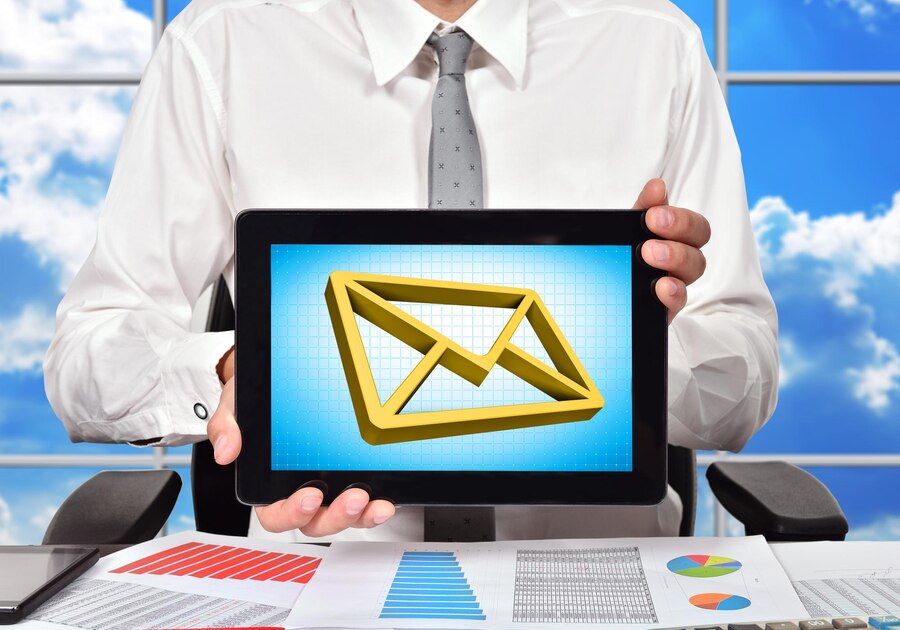In our digital age, email is a crucial communication tool, but it can quickly become overwhelming. Managing your Gmail inbox by mass deleting emails can help you stay organized and stress-free. This guide will walk you through the process step by step, ensuring you can efficiently declutter your inbox.
The Importance of a Clean Inbox
A cluttered inbox is more than just an eyesore; it can significantly impact your productivity and mental well-being. A clean inbox allows you to focus on the emails that matter, find important information quickly, and reduce the stress associated with email overload. By regularly mass deleting unnecessary emails, you can maintain a more efficient and enjoyable email experience.
Preparing for Mass Deletion
Before diving into mass deletion, it’s essential to prepare properly to avoid losing important information. Start by backing up any crucial emails. You can do this by creating labels and moving these emails into their respective categories. Labels help you organize your inbox and make it easier to find specific emails later.
Familiarizing Yourself with Gmail’s Interface
Understanding Gmail’s interface is the first step towards efficient email management. Gmail’s layout includes several key components: the inbox, labels, and the search bar. The inbox is where all your emails are displayed, while labels allow you to categorize emails. The search bar is a powerful tool that helps you find emails based on specific criteria like date, sender, or keywords.
Using Search Filters
Search filters are your best friend when it comes to mass deleting emails. These filters help you find groups of emails based on specific criteria, making the deletion process much faster.
Date-Based Filters
Date-based filters allow you to find emails from a particular time period. For example, if you want to delete emails older than a year, you can use the filter “before:2023/01/01” to find all emails before January 1, 2023. This way, you can quickly locate and delete old emails that are no longer relevant.
Sender-Based Filters
Sender-based filters help you find emails from specific senders. For instance, if you want to delete all newsletters from a particular sender, you can use “from
@gmail.com” to locate these emails. This method is particularly useful for unsubscribing from newsletters and cleaning up promotional emails.
Keyword Filters
Keyword filters allow you to find emails containing specific words. For example, searching for “subject
” will show all emails with “newsletter” in the subject line. This filter is helpful for identifying and deleting specific types of emails that you no longer need.
Deleting Emails in Bulk
Once you’ve found the emails you want to delete using search filters, the next step is to select and delete them. Gmail allows you to select multiple emails at once. Use the checkbox at the top of the email list to select all visible emails. If there are more emails than displayed, you can click “Select all conversations that match this search” to select them all. After selecting the emails, click the trash icon to delete them. Confirm the deletion if prompted.
Using Gmail’s Categories
Gmail categorizes emails into tabs like Primary, Social, and Promotions. These categories help you manage different types of emails more effectively. To mass delete emails from a specific category, navigate to the desired tab, select all emails, and delete them. This method is particularly useful for clearing out promotional emails and social media notifications that you don’t need.
Deleting Emails from Specific Senders
Frequent senders can fill your inbox with emails you no longer need. To delete emails from specific senders, use the search bar to find these emails. Identify senders who frequently send newsletters or promotions, and create a filter to automatically delete future emails from these senders. This proactive approach helps keep your inbox clean over time.
Deleting Emails by Date
If your inbox is cluttered with old emails, deleting emails by date can be a quick solution. Use the search bar to find emails before a specific date, such as “before:2023/01/01”. Select and delete these older emails to free up space and improve your inbox’s organization.
Automating Email Deletion
Automating the email deletion process can save you time and effort. Gmail allows you to create filters that automatically delete emails based on specific criteria. For example, you can set up a filter to automatically delete promotional emails after a certain period. Regularly review and adjust your filters to ensure they continue to meet your needs.
Using Third-Party Tools
Several third-party tools can assist with mass deleting emails. Tools like Clean Email and Unroll.Me offer features that help you manage and delete emails in bulk. While these tools can be very helpful, it’s essential to use reputable ones and understand the permissions you are granting.
Avoiding Common Mistakes
When mass deleting emails, it’s easy to make mistakes that can lead to data loss. Avoid accidentally deleting important emails by carefully reviewing the emails selected for deletion. Always back up crucial emails before mass deleting. This precaution ensures you don’t lose important information.
Recovering Deleted Emails

If you accidentally delete an important email, don’t panic. Gmail moves deleted emails to the Trash folder, where they remain for 30 days before being permanently deleted. To recover an email, go to the Trash folder, find the email, and move it back to your inbox or a specific label. Remember that you have a limited time to recover deleted emails, so act quickly if you realize you’ve made a mistake.
Conclusion
Mass deleting emails on Gmail is an effective way to declutter your inbox and improve your email management. By using search filters, automating the process, and avoiding common mistakes, you can maintain a clean and efficient inbox. Regularly decluttering your inbox will reduce stress and enhance your productivity.
FAQs
Can I recover emails after deleting them?
Yes, you can recover emails from the Trash folder within 30 days of deletion.
How often should I mass delete emails?
It depends on your email usage, but a monthly cleanup is usually sufficient for most users.
Are there any risks with third-party tools?
Yes, third-party tools may pose security risks. Ensure you use reputable tools and understand the permissions you’re granting.
What is the easiest method to mass delete emails?
Using search filters to find and delete specific emails is often the easiest and most efficient method.
Can I automate the process entirely?
Yes, you can set up filters in Gmail to automatically delete emails based on specific criteria.
